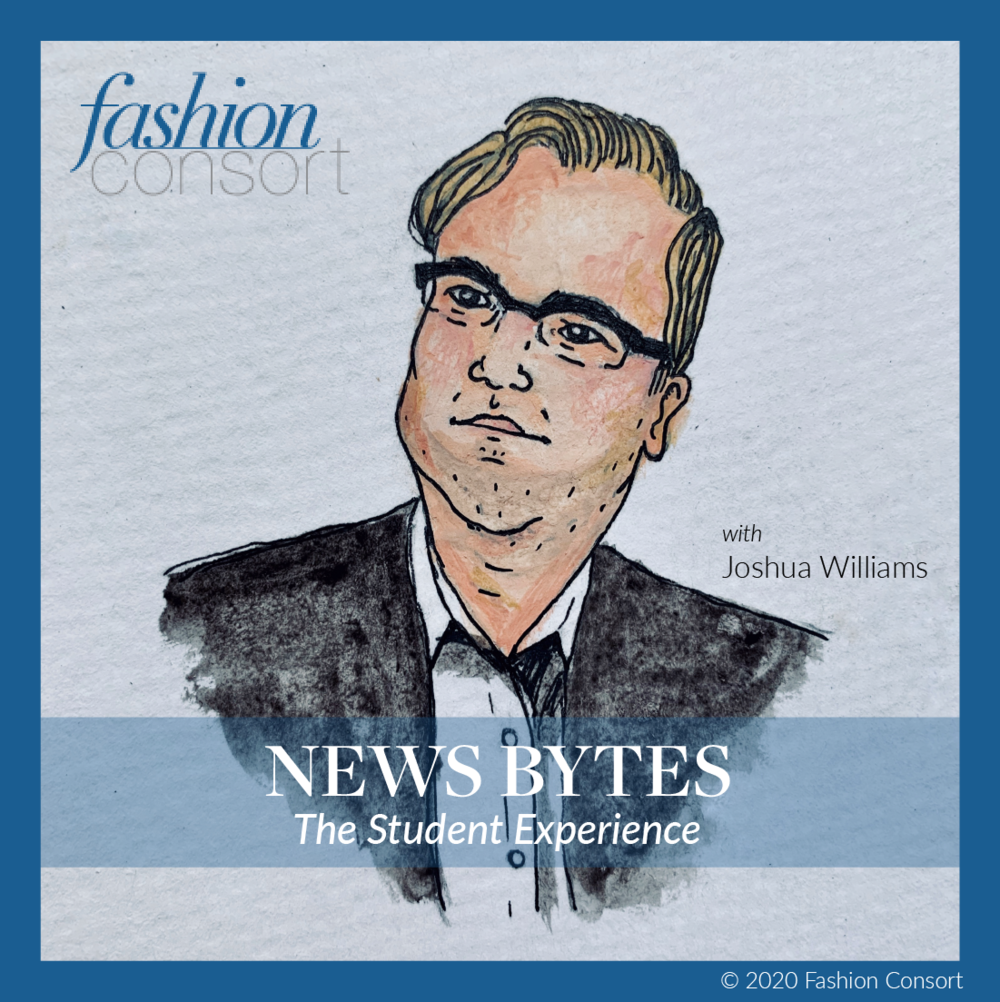The Student Experience
Over the past twenty years, consumer-based businesses have had to contend with a major push towards digitization, and to find the balance between in-person and online transactions and experiences, with customers driving the overall experience. Omni-channel, UX (user experience) and CX (customer experience) have emerged as guiding principles for businesses, in order to stay competitive in a fast-changing marketplace.
And yet, this shift has gone largely unnoticed by higher education institutions where a physical, in-person experience reigns supreme, and a thoughtful online experience is still an afterthought to administrators, or at best, a potential new profit generator on the side.
To be fair, there was very little reason for administrators to take notice—nor professors—because an in-person education was still what students wanted and fought for. And limited physical space, meant universities could turn away students and hike up prices.
However, in the past few years, US demographics have shifted, creating too much supply of universities in the market and not enough demand. For schools not in the higher echelons, such as Harvard and Stanford, conversations began to shift to reaching new students. For many, this meant a focus on international students from emerging economies such as Korea, then China. These students largely pay cash for their educations—as federal financial aid is not available to them—and were a big boon to schools. They also served to obfuscate the massive shifts happening domestically, leaving schools woefully unprepared for a crisis.
Covid-19 struck in March and changed the equation immediately, forcing schools to digitize with no long-term plan in place, no real strategy. The issue accelerated when schools realized that fall was going to stay online. And beyond simply shifting content and learning to online, there was a realization that a whole new Student Experience (SX) had to be considered. For example, how do students engage in learning at home with other family members around? How do we ensure that all students have a personal computer and WiFi connection? What about time zones? How do we facilitate internships on a global scale, with disparity in which companies that are open to business, or closed? How do we create a school community?
During this period of profound change, academic institutions that take the time to truly understand the needs of their students, and faculty, whether they are working or learning from home or on campus, will be in a better position post-pandemic. These institutions have much to learn from consumer-based businesses—their trials and tribulations—when it comes to a more omni-channel, personalized approach.


